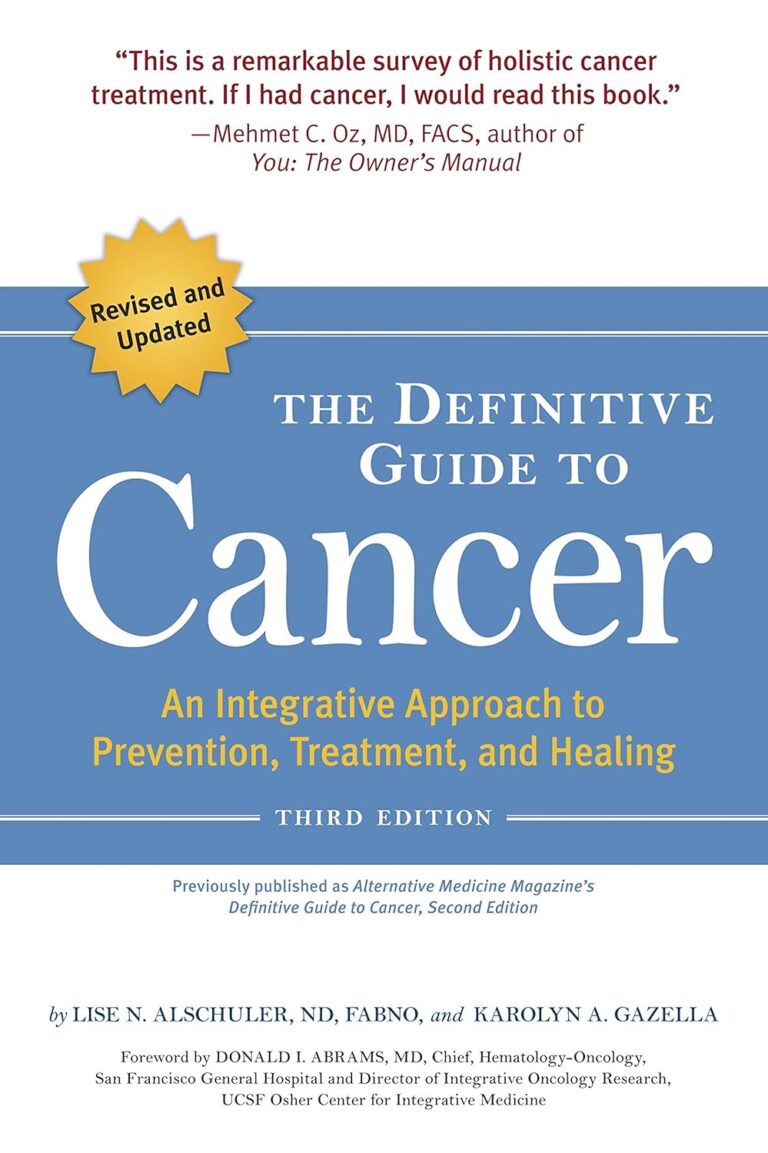
The modern medical industry has seen a plethora of advances in diagnostic technologies over the years, significantly enhancing our understanding and treatment of various health conditions. One of the most crucial diagnostic tools available to healthcare practitioners today is the Bone Scan.
Understanding this crucial healthcare procedure, its importance, the conditions it can detect, and how to interpret the results can go a long way in promoting proactive health measures. It equips you with the knowledge to take timely and informed decisions about your health.
Decoding Bone Scans: The Basic Definition
A bone scan is a nuclear imaging procedure that provides detailed insights into the health and condition of your bones. This exceptionally sensitive test offers a visualization of how your bones are functioning in real time, making it useful in detecting a variety of bone-related abnormalities and conditions.
It stands apart from other medical scans like MRIs and CT scans. The other scans predominantly provide information about the internal structures of the body, while a bone scan specifically targets bone health and its associated disorders.
The Procedure: Unravelling the Mystery of Bone Scans
Pre-Bone Scan Preparations
Before the bone scan, the healthcare provider will give you instructions on the pre-scan preparations. This usually includes consuming plenty of fluids and temporarily withholding certain medications.
Understanding the Bone Scanning Procedure
The scanning procedure involves two main stages: the injection of a tracer and the scanning itself. The tracer, typically a radioactive substance, is injected into a vein. The scanning is conducted a few hours later, allowing the tracer to accumulate in the areas of the bone where there’s unusual activity. These areas, known as ‘hot spots’, can reveal bone disorders.
Post Bone Scan Procedures
After the scan, it’s recommended to continue drinking fluids to help flush the tracer from your body. The healthcare provider will provide additional post-scan guidelines specific to your situation.
Get to know us better
If you are reading this, you are in the right place – we do not care who you are and what you do, press the button and follow discussions live

Knowing When to Undergo a Bone Scan
Common Conditions Detected Through Bone Scans
Bone scans can detect an array of conditions, including but not limited to bone cancer, infections, fractures, and arthritis. It is also utilized to determine the cause of unexplained bone pain.
The Importance of Early Detection
Early detection is pivotal in treating many bone conditions. The sooner a diagnosis is made, the higher the chances of implementing effective treatment plans, resulting in better patient outcomes.
Risks and Side Effects
Common Side Effects of Bone Scans
Overall, bone scans are considered safe. Nevertheless, like any procedure, potential side effects may occur. These may include a small likelihood of allergic reaction to the tracer or temporary discomfort at the injection site.
Evaluating the Risks versus Benefits
It’s essential to weigh the benefits against potential risks with your doctor. In many cases, the benefits far outweigh the minimal risks, particularly when early diagnosis and treatment can radically improve prognosis.
Interpreting Bone Scan Results
Understanding Your Bone Scan Results
Your healthcare provider will interpret your bone scan results. Hot spots indicate increased bone activity, which could suggest potential bone issues. Your provider will consider these results in the context of your overall health and other diagnostic test outcomes.
What Irregularities in a Bone Scan Could Mean
An abnormal bone scan may mean several things. For instance, hot spots could indicate areas of fast bone growth or repair. Conversely, cold spots, which show up as darker areas, could reveal areas of less bone activity.
Conclusion: The Role of Bone Scans in Modern Healthcare
Bone scans play a vital role in modern healthcare, offering advanced diagnostic capabilities for a wide array of conditions. Enabling early detection and diagnosis, they allow for more effective treatment plans and potentially improved patient outcomes.
Understanding bone scans, the conditions they can detect, potential risks, and how to interpret results encourages proactive health measures. Knowledge is indeed power, particularly when it comes to healthcare, helping us make informed and timely decisions to maintain optimum health.
Frequently Asked Questions
- What exactly is a Bone scan and why is it performed?
A bone scan is a specialized medical procedure that helps detect bone disorders. It’s performed to diagnose conditions like bone cancer, infections, fractures, and to find the cause for unexplained bone pain.
- How is the Bone scanning procedure conducted?
A bone scan involves injecting a radioactive tracer into a vein. A few hours later, your bones are scanned, and the hot spots indicate unusual bone activity, which may suggest a bone disorder.
- What conditions can a Bone scan detect and why is early detection important?
A bone scan can detect conditions like bone cancer, fractures, infections, and arthritis. Early detection is critical as it allows for timely treatment, improving chances of a successful treatment outcome.
- Are there any potential risks or side effects to having a Bone scan done?
Side effects are minimal, but may include a small likelihood of an allergic reaction to the tracer or temporary discomfort at the injection site. However, the benefits of a bone scan usually far outweigh the risks.
- How can I understand and interpret my Bone scan results?
Your healthcare provider will interpret your bone scan results. Hot spots indicate increased bone activity, potentially suggesting a bone issue. Cold spots may indicate less bone activity. The interpretation will, however, be considered in the context of your overall health and other diagnostic tests.

















Comments
Thank you. Comment sent for approval.
Something is wrong, try again later